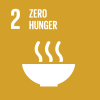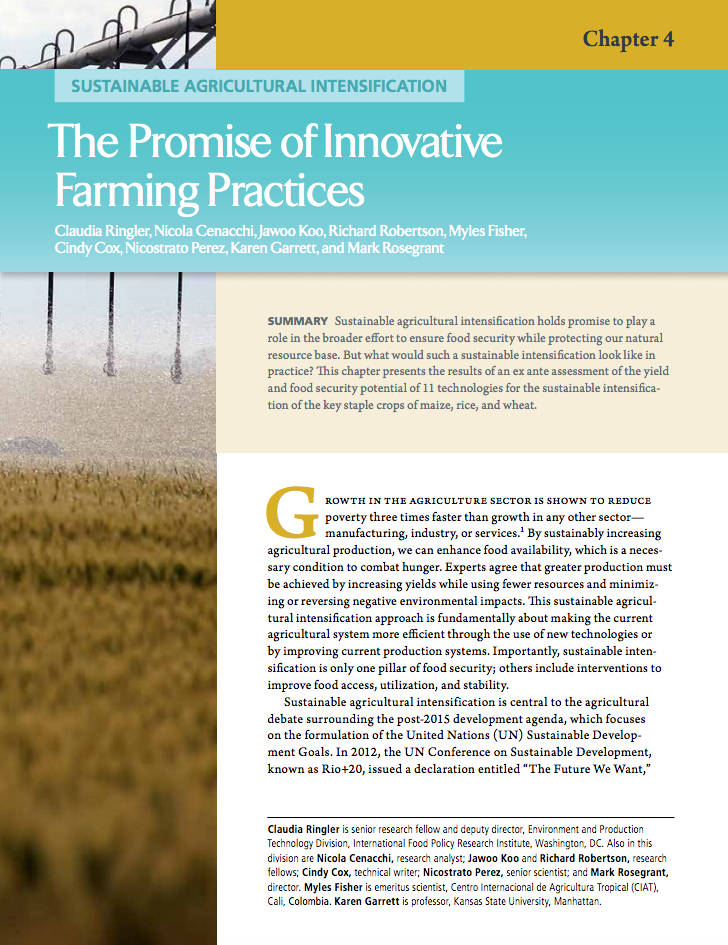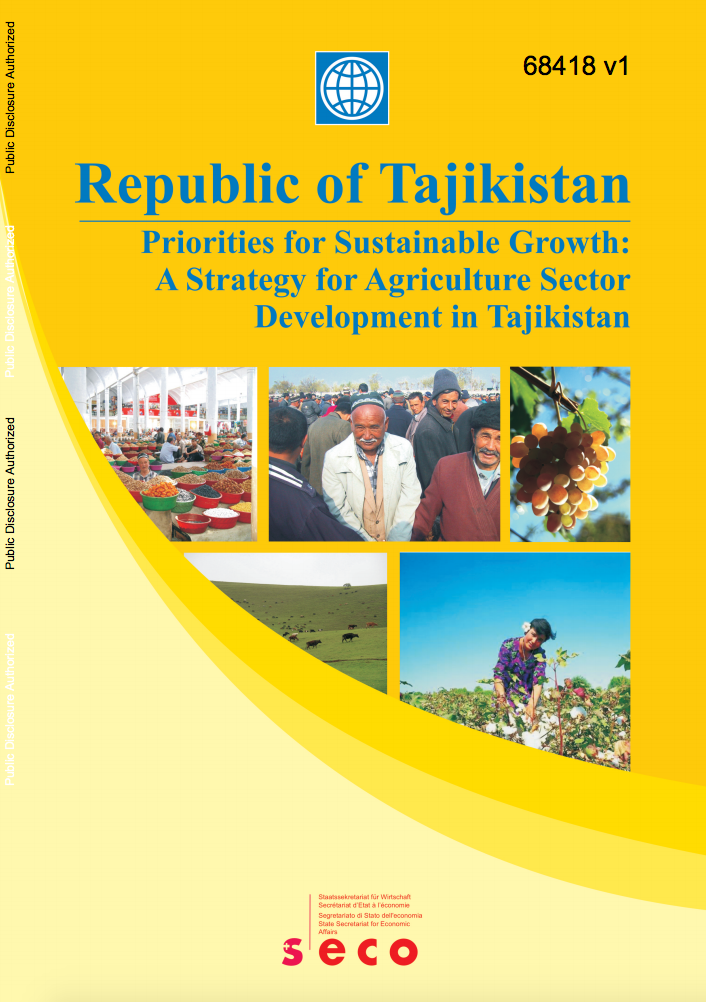
Proportion of agricultural area under productive and sustainable agriculture
Last updated on 1 February 2022
This indicator is currently classified as Tier II. The Food and Agriculture Organization of the United Nations (FAO) is the Custodian agency for this indicator.
Unit of measure: The indicator is unitless, expressing a ratio between area under sustainable and productive agriculture and total agricultural land area (%).
Why is this indicator important?
Harmful, unsustainable agricultural practices from extractive industries, large-scale agricultural producers, and peasants can pose significant risks to people and the environment. While sustainable agriculture was mainly defined by environmental criteria in the past, its economic and social dimension as come to the fore. A farm can only be sustainable if it is well managed and the well-being of those working at the farm is taken into consideration.
The indicator was developed through a multi-stakeholder process to ensure capturing the complex nature of sustainable agriculture.
How is the indicator measured and monitored?
The indicator’s scope centers around the agricultural land area of a farm holding including, extensive crop and livestock production systems, subsistence agriculture, agro-forestry, and aquaculture that takes place within the agricultural land area. Excluded are state and common land that is not used exclusively by farm holdings, pastoral pastures, backyard farming, forestry and aquaculture holdings. Agricultural area is defined as arable land plus land under permanent crops, meadows, and pastures.
The methodology was endorsed in late 2019, including both national farm surveys as a single data collection instrument as well as multi-dimensional data sources. According to the metadata document, data is collected through agricultural surveys or as integrated modules in already existing household surveys (e.g., AGRISurvey and the 50x2030 initiative) organized by national statistical agencies, with support from the Food and Agriculture Organization of the United Nations (FAO) and other international agencies. In addition, sensing, GIS, administrative data, or environmental monitoring systems were further identified as cost-effective instruments.
FAO, together with the Global Strategy to improve Agriculture and Rural Statistics (GSARS), have developed the capacity development material necessary for this indicator, such as a methodological guide, an enumerator manual, calculation document and an e-learning course.
By Anne Hennings, peer-reviewed by FAO.
Other related indicators on Land Portal
As official data is not yet available, the following indicators provide information concerning land area that is under certified organic use or in conversion.
| Indicator | Min-Max Number of years |
Countries / Obs | Min / Max Value |
|---|---|---|---|
| Agricultural area certified organic | |||
| Agricultural area in conversion to organic | |||
| Agricultural land | |||
| Arable Land | |||
| Arable land area certified organic | |||
| Arable land area in conversion to organic | |||
| Arable land organic, total | |||
| Land under perm. meadows and pastures | |||
| Land under permanent crops |
Paginación
Building a Common Vision for Sustainable Food and Agriculture
Over the coming 35 years, agriculture will face an unprecedented confluence of pressures, including a 30 percent increase in the global population, intensifying competition for increasingly scarce land, water and energy resources, and the existential threat of climate change.
Sustainable agricultural intensification: The promise of innovative farming practices
Sustainable agricultural intensification holds promise to play a
role in the broader effort to ensure food security while protecting our natural
resource base. But what would such a sustainable intensification look like in
practice? This chapter presents the results of an ex ante assessment of the yield
Reinvesting in African Small-Holder Agriculture : The Role of Tree Crops in Sustainable Farming Systems
This Policy and Strategy Paper
contributes to an ongoing policy debate-within the Bank but
also with its client governments-about the role of tree
crops in various production systems, and as key commodities
in the trade portfolio of various African nations. It
Sri Lanka : Promoting Agricultural and Rural Non-farm Sector Growth, Volume 1. Main Report
Economic development has brought about,
the decline in contribution of the agricultural sector to
the economy of Sri Lanka, and, consistent with this economic
transformation, the structure of employment also changed.
Thus, as labor migrates away from agriculture, the
Priorities for Sustainable Growth : A Strategy for Agriculture Sector Development in Tajikistan
Agriculture sector growth has made a
powerful contribution to post-war economic recovery in
Tajikistan, accounting for approximately one third of
overall economic growth from 1998 to 2004. Sector output
increased by 65 percent in real terms during this period,
Paginación
![]()

By 2030, ensure sustainable food production systems and implement resilient agricultural practices that increase productivity and production, that help maintain ecosystems, that strengthen capacity for adaptation to climate change, extreme weather, drought, flooding and other disasters and that progressively improve land and soil quality
Indicator details
The indicator is conceptually clear, has an internationally established methodology and standards are available, but data is not regularly produced by countries.
Key dates:
FAO Expert meeting for SDG indicator 2.4.1
This workshop brought together technical experts and statisticians to support the methodological work being conducted for SDG indicator 2.4.1.






